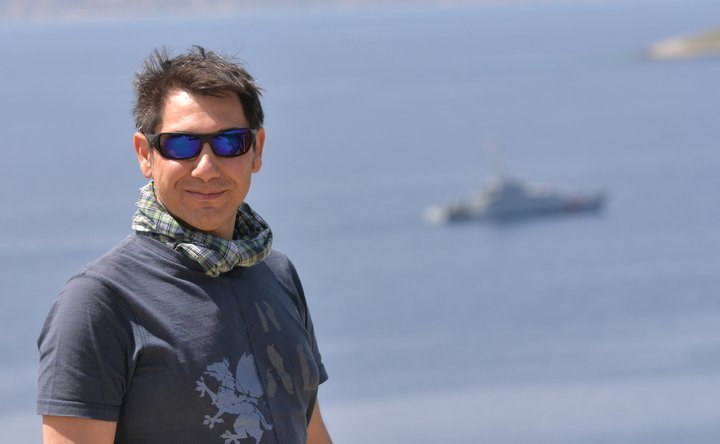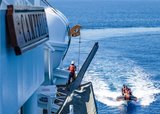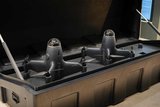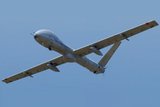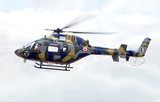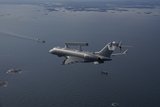Turkey enhances capabilities with arrival of first P-72
The Turkish Navy on 11 December passed a milestone in the MELTEM-3 programme when it received its first P-72 MPA.
This aircraft brings capabilities — such as Link 16 tactical data link and the ability to carry the MK 54 lightweight ASW torpedo — which are not available with legacy CN-235 aircraft operated by the Turkish Navy.
Furthermore, P-72s will have the ability to operate for longer periods; this is no small consideration for an increasingly assertive Turkey, which is keen to enhance maritime surveillance and situational awareness in the Aegean and Eastern Mediterranean.
New capabilities aside, the
Already have an account? Log in
Want to keep reading this article?
More from Air Warfare
-
![Singapore’s Hermes 900 buy to enhance multi-domain ISR capabilities]()
Singapore’s Hermes 900 buy to enhance multi-domain ISR capabilities
Drawing on its endurance and substantial payload capacity, the Hermes 900 would provide a boost to Singapore’s ISR capabilities, particularly in the maritime domain.
-
![Dubai Airshow 2025: GA-ASI’s MQ-9B racks up new milestones with AEW demo planned]()
Dubai Airshow 2025: GA-ASI’s MQ-9B racks up new milestones with AEW demo planned
The company announced its demonstration timeline while confirming the MQ-9B had completed the platform’s third lifetime test.
-
![India reopens hunt for reconnaissance and surveillance helicopters]()
India reopens hunt for reconnaissance and surveillance helicopters
The extended deadline for vendors highlights the complexity of the procurement for India, with numerous vendors positioning themselves for the programme.
-
![European firms express interest in filling NATO airborne early warning replacement needs]()
European firms express interest in filling NATO airborne early warning replacement needs
The comments from both Saab and Airbus on their potential to fulfil the airborne early warning and control requirement come after NATO countries shelved plans to procure six E-7 Wedgetail AEW&C aircraft.







